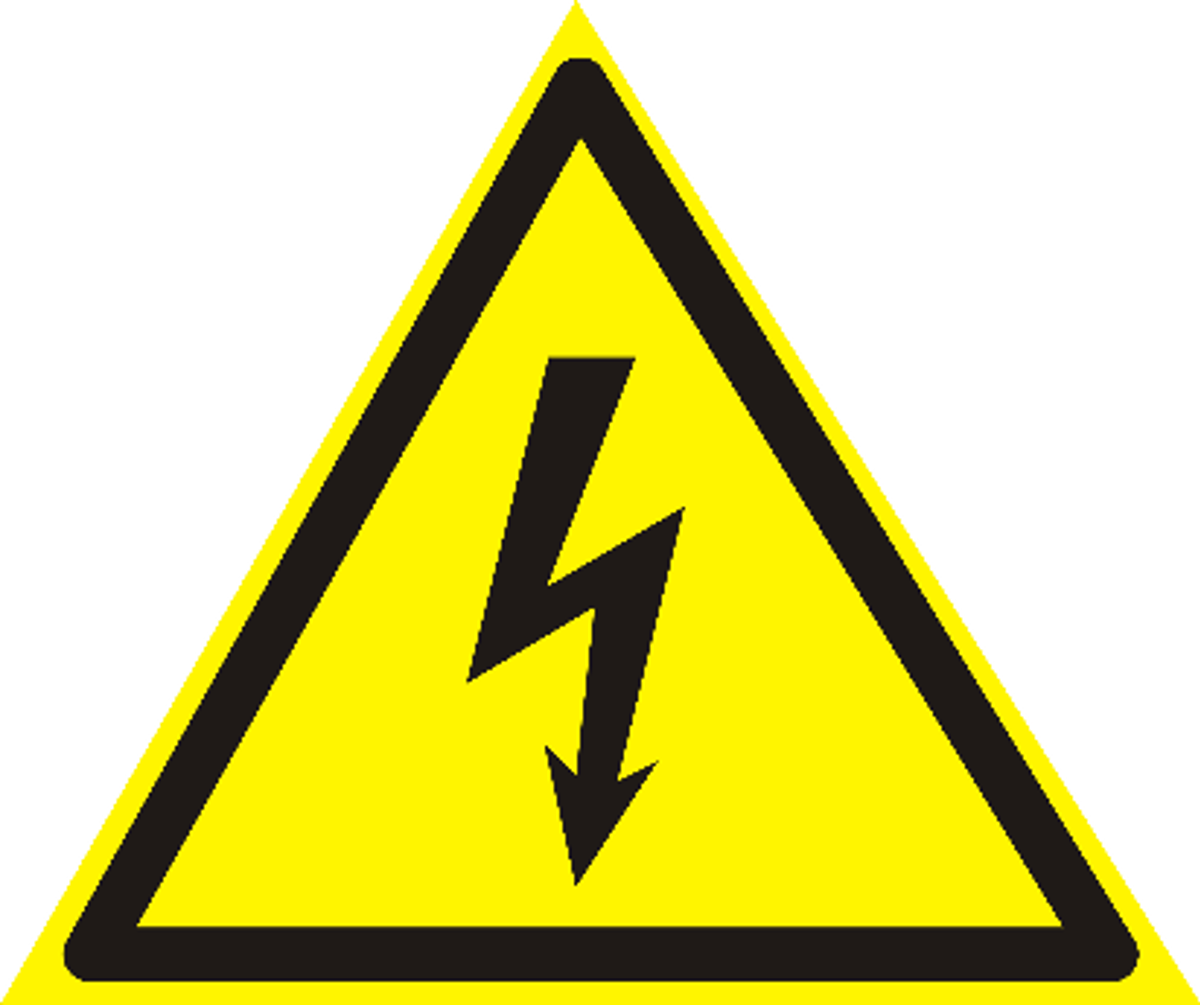First aid injury: Electric shock
- Safety Flash
- Published on 6 December 2016
- Generated on 22 December 2025
- IMCA SF 33/16
- 3 minute read
Jump to:
A member has reported an incident in which an ROV Supervisor suffered an electric shock.
What happened?
The incident occurred during ROV fault finding activities. The ROV Supervisor mistakenly accessed a transformer cabinet in the ROV Power Distribution Unit (PDU) room associated with a 2nd/alternate ROV system. He made contact with a conductor inside the transformer cabinet and sustained an electric shock which resulted in a burn to the hand requiring first aid treatment.

The power distribution system that was the focus of the fault finding activities was correctly isolated, inclusive of the discharge of stored capacitance energy, via the application of an HV spider earthing tool. The ROV system mistakenly accessed was not in use at the time, with breakers switched to the off position. However, it was receiving 40V DC from the Line Insulating Monitoring (LIM) system and was potentially a source of additional High Voltage stored capacitance energy.
The lessons learned:
- Personnel should not rely on administrative [safety] controls as the main form of defence.
- Permit to work and job hazard analysis are important planning tools; however, these should be used in conjunction with hard controls at every opportunity.
- Access to transformer cabinets and other HV energy sources should be restricted by way of lock out/tag out and a robust approval process.
- Familiarisation with the configuration of systems associated with safety critical equipment at a specific work site should be verified before approval to work is granted.
- The importance of clear labelling and the ability of crew to differentiate between similar sets of co-located equipment should be considered during installation of all safety critical equipment;
- System-specific isolation checklists and procedures should be applied to safety critical equipment.
- Stored energy should be released from offline equipment where operationally practicable.
- The practice of ‘test before touch’ should be reinforced as a formal requirement prior to accessing any electrical systems component.
Our members’ recommendations and corrective actions were as follows:
- Review and update training and procedures to identify controls applicable to HV activities including:
- ROV specific isolation checklist
- Labelling/colour coding requirements for the ROV system
- Cabinet lock management
- Use of warning signs
- Approved personal protective equipment (PPE) and hand tools
- Rescue equipment, test before touch
- Offline equipment isolation requirements
- Adequacy of job hazard or risk analysis.
Members may wish to refer to IMCA HSS031, M217 – Offshore vessel high voltage safety.
Related Safety Flashes
-
IMCA SF 15/14
8 September 2014
-
IMCA SF 04/15
20 March 2015
IMCA Safety Flashes summarise key safety matters and incidents, allowing lessons to be more easily learnt for the benefit of the entire offshore industry.
The effectiveness of the IMCA Safety Flash system depends on the industry sharing information and so avoiding repeat incidents. Incidents are classified according to IOGP's Life Saving Rules.
All information is anonymised or sanitised, as appropriate, and warnings for graphic content included where possible.
IMCA makes every effort to ensure both the accuracy and reliability of the information shared, but is not be liable for any guidance and/or recommendation and/or statement herein contained.
The information contained in this document does not fulfil or replace any individual's or Member's legal, regulatory or other duties or obligations in respect of their operations. Individuals and Members remain solely responsible for the safe, lawful and proper conduct of their operations.
Share your safety incidents with IMCA online. Sign-up to receive Safety Flashes straight to your email.